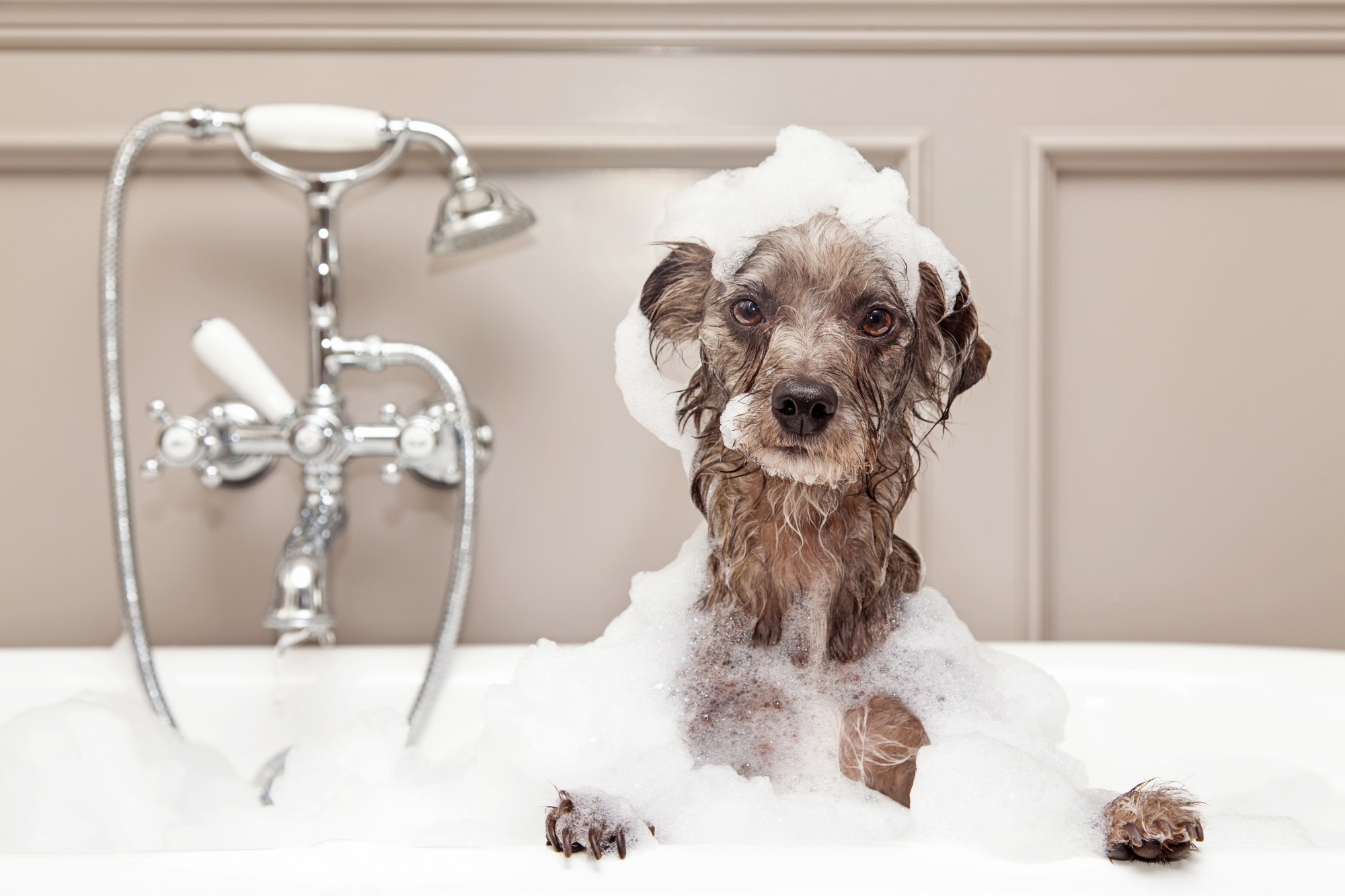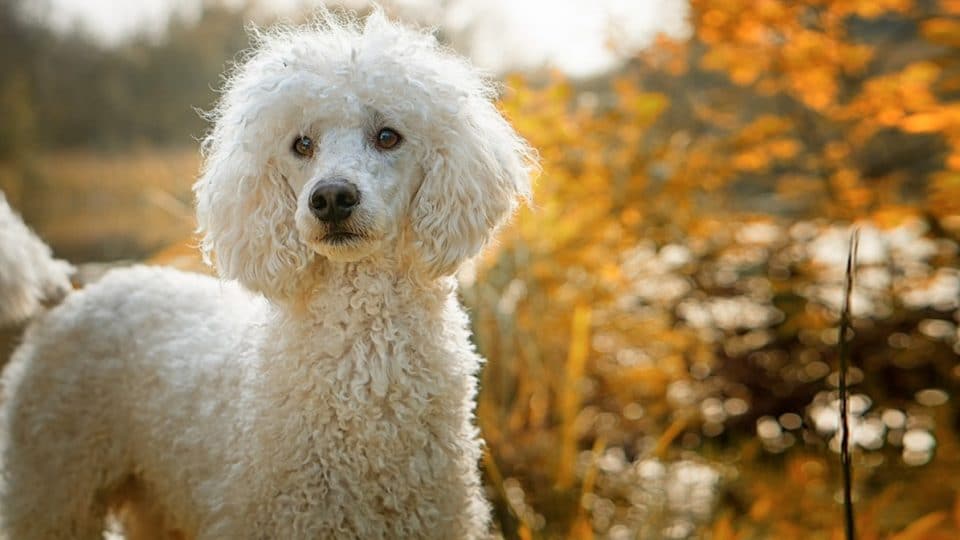Dogs are amazing animals, they are full of vitality and their company makes our life more extraordinary,
not in vain they are attributed that they are the best friends of the human being;
in fact we are sure that if you have one dog or more than one you can confirm this; Dogs have great abilities that we already know,
such as their excellent sense of smell that is approximately 100,000 times sharper than humans, hearing and their intelligence that does not stop surprising us, dogs have more abilities and their organisms are full of curiosities
that you can find out below.
1. Your body language is key to understanding them.
Dogs use their body language more frequently to communicate, unlike us humans who have a system of written and sound codes that we call language; That is why it is important that you discover what are the main signals that you
friend uses with his body to express himself, these are some.
To avoid confrontations
These signs indicate that your dog does not want to conflict, headquarters and seeks to please, is condescending:
• Licking the muzzle or ears of another dog
• Curving the body
• Constantly blink
• Show teeth in the form of a smile
• Bow head and ears
• Reverence
Stress
Generally, your dog does them when he does not feel comfortable, safe or does not have the environmental, healthy or nutritional conditions corresponding to his needs:
• Yawn
• Scratch
• Sneeze
• Lick your nose
• Grinding teeth
• Shake to release tension
Of tranquility
These are the signs that your dog uses to indicate that he is happy and comfortable with his surroundings.
• Turn around
• Take several constant jumps
• Sniff the ground
• Following orders like giving the paw
• Play
2. Dogs don’t sweat like humans.
That’s right, humans sweat and expel heat through our cutaneous system made up of the skin by expelling sweat,
however dogs expel sweat only through the pads of their paws and their tongue,
that’s why when you carry your Walking dog does not feel its coat wet,
but if you can perceive that it is panting constantly, this is the mechanism to regulate its body temperature and
perspire.
3. Dogs have sharp eyesight but see differently.
During history this has been a constant research topic, previously it was said that dogs only saw in monochrome,
that is, in black and white, but more recent studies have discovered that although dogs see color, their ocular system perceives the light by ranges and with less sharpness.
4. Dogs have a footprint but it is not digital.
Each dog has a unique mark that differentiates them from the others, their nose has the same identification purpose as our fingerprint.
5. Dogs as a species not only colonized our hearts but also the earth.
It is very curious but true, dogs are one of the species that have the most presence on all continents and are the only one with the most diversity of breeds in the whole world, there are as many breeds of dogs as there are flavors and
colors, each breed including those that They are not standardized, they have very particular physical and
behavioral characteristics but they do all have something in common, being the best friends that can exist.
6. Dogs are also left–handed or right–handed.
It is very easy to identify if your dog is left–handed or right–handed. You just have to sharpen your attention and play with your friend.
Throw a toy at him and see which leg he uses first to catch the toy. You must repeat the activity several times; The leg that you use the most will tell you if it is left–handed or right–handed, it is also believed that this is associated with the character of each specimen.
7. Dogs have a good memory.
The intelligence and memory of dogs is associated with that of a 2–year–old child. Research has found that dogs can recognize and remember around 250 words, surely among those they identify friendship.


 Blog3 years ago
Blog3 years ago
 Dog Breeds3 years ago
Dog Breeds3 years ago
 Dog Breeds3 years ago
Dog Breeds3 years ago
 Blog9 months ago
Blog9 months ago
 Dog Breeds3 years ago
Dog Breeds3 years ago
 Blog2 years ago
Blog2 years ago
 Blog4 years ago
Blog4 years ago
 Dog Breeds3 years ago
Dog Breeds3 years ago


